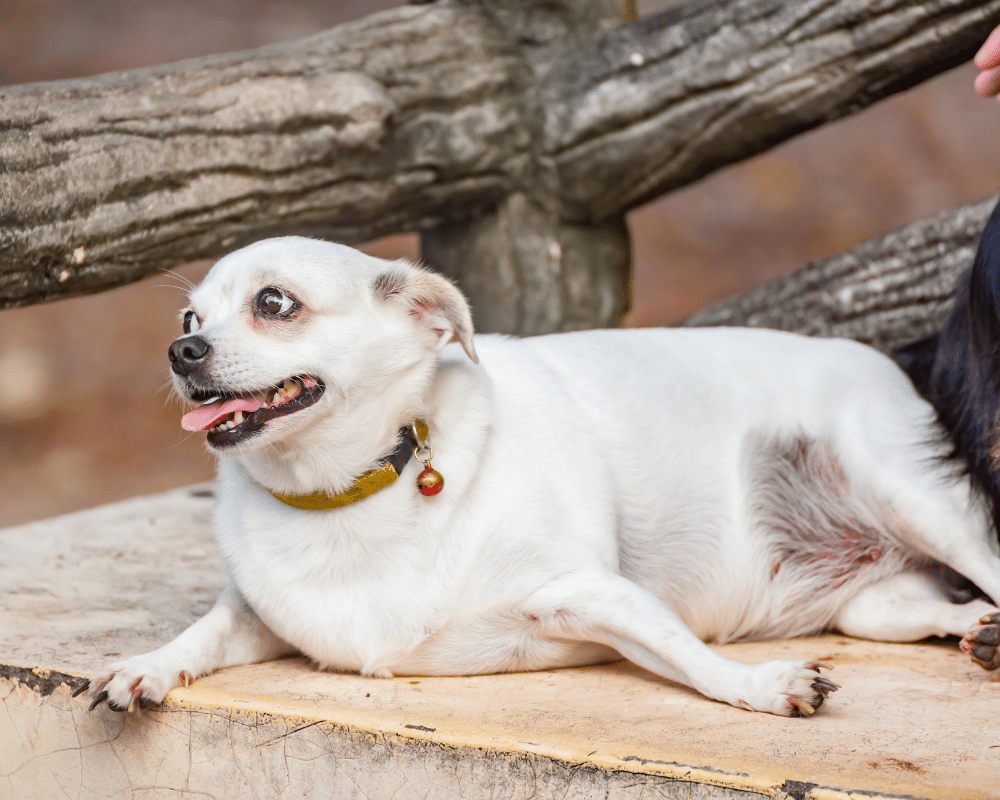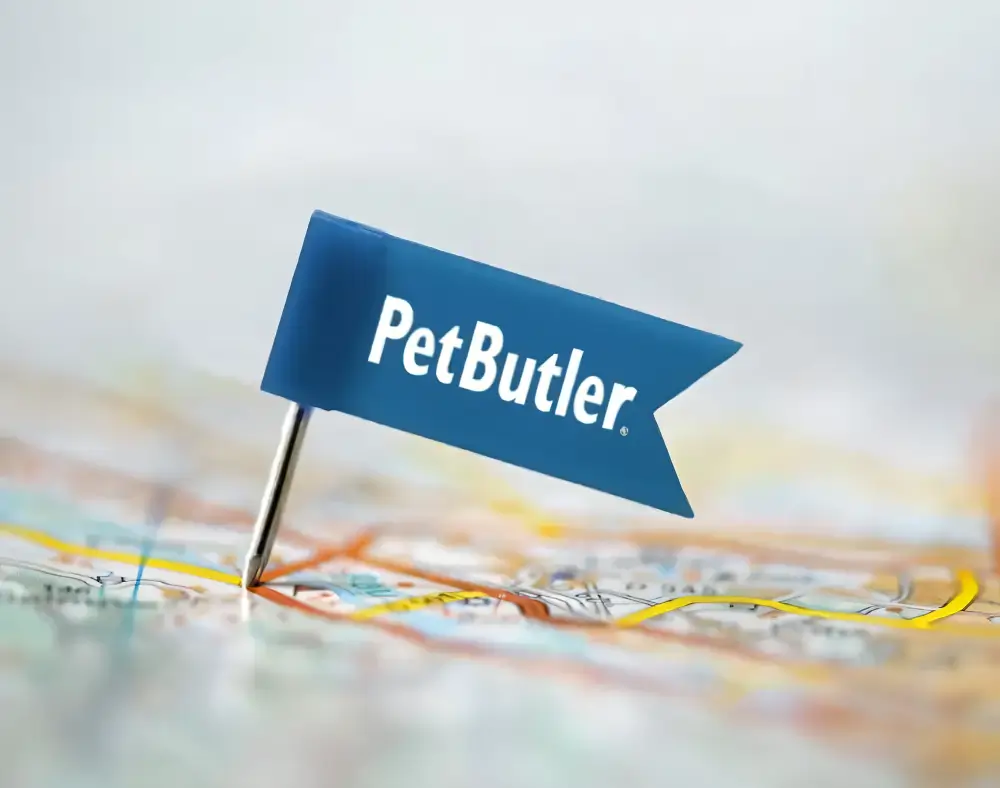Did you know that 55.8% of dogs were classified as clinically overweight in 2018? That means an estimated 50 million dogs are unhealthily heavy, based on 2018-2019 pet population projections from the American Pet Products Association (APPA). And these numbers are likely an underestimation considering the surge in pet ownership during the COVID-19 pandemic; many have been guilty of hibernating with our pets, packing on the additional pounds along with our furry friends.
To further shed light on National Pet Obesity Awareness Day, here are 4 tips on how you can prevent your dog from gaining unhealthy weight.
4 Tips to Avoid Obesity in Dogs
1. Talk to your veterinarian
The best way to prevent your pet from becoming overweight is to start with gaining an awareness of their body condition. To do this, speak to your veterinary professional about your dog’s current health, find out about exercise and activity requirements and ask how many kilocalories (kcal) they should intake daily based on breed, age and lifestyle.
2. Find the right food for your pet
Not all breeds require the same type and amount of food. Be sure to consult your vet for various food suggestions for your dog.
The “right” foods to maintain a healthy weight also depend on your pet’s particular circumstances. Age, breed, pre-existing conditions, activity level and even environmental temperature can all affect your pet’s nutritional and caloric needs. Controlling portions is key for all pets, regardless of how “low-calorie” a food may be. In general, younger pets tend to be more active and require food higher in caloric density vs. older, more sedentary pets. A good quality protein source is important for all life stages.
Most veterinarian-approved foods meet the Association of American Feed Control Officials (AAFCO) standards for testing, nutritional content, labeling, guaranteed analysis and ingredients. It’s no small or inexpensive undertaking to create a safe, effective, palatable and nutritionally complete pet food. Some mom-and-pop shops that use colorful logos, promise “real” or “fresh” food and sell terms that are merely descriptive that can mean any number of things should be avoided unless approved by your veterinary health care professional.
For pets with specific dietary needs such as a low-fat diet for pancreatitis-prone patients, your vet may advise a calorie-controlled, prescription food to prevent obesity and manage pre-existing disease.
3. Treat them wisely
Who doesn’t love giving their pet a tasty treat in between meals? They’re always excited for treats, and you’re always delighted to offer them. However, remember that treats are not nutritionally complete and balanced. As such, they should contribute to no more than 10% of overall kcal intake.
If you’re unsure what store-bought treats your pet should have, consult your vet for recommendations. You can also serve your pet fun, human-friendly options too! Healthy snacks for your dog can be apple slices, frozen yogurt “pup cups”, bananas, carrot sticks or frozen blueberries. Some owners even reserve a small portion of their daily kibble ration to be dispensed as treats. Your pet won’t know the difference, and you can effectively control intake while offering more treats throughout the day.
4. Develop healthy habits
Just as humans can develop unhealthy habits, our pets can, too. It’s imperative to your pet’s health that you help them create beneficial daily habits. Develop good routines such as a long morning walk, or for senior pets, several short daily walks.
Other dogs may enjoy playing fetch, a run at the dog part or a game of hide and seek, which involves hiding a toy in the yard or house to be sought after. To mix things up, you can even try hiding so your pet can find you! For elderly pets, swimming is a particularly healthy activity that aids sore joints.
So, why should we be evaluating our pet’s weight throughout their life and ensuring they maintain an ideal weight? We witness the same physiological changes in our heavy pets that we do in overweight humans. Obesity leads to an increase in joint pain, generalized inflammation, diabetes and other metabolic issues and respiratory disease, as well as heart and kidney functional changes. It reduces life expectancy and is a financial drain on pet owners to treat obesity-related conditions. And most obviously, it compromises our pets’ ability to participate in exercise or activities with their owners, which decreases their quality of life.
At Pet Butler, we want your pet to feel their best and be their healthiest. That’s why we specialize in caring for your pet by scooping up their waste. Learn more about our services or call 1-800-PET-BUTLER to learn how we can make your pet’s life happier, healthier and cleaner.
To continue learning about obesity in pets, check out our articles on how to determine if your pet is obese, how to help your pet lose weight, obesity in senior pets and more!

